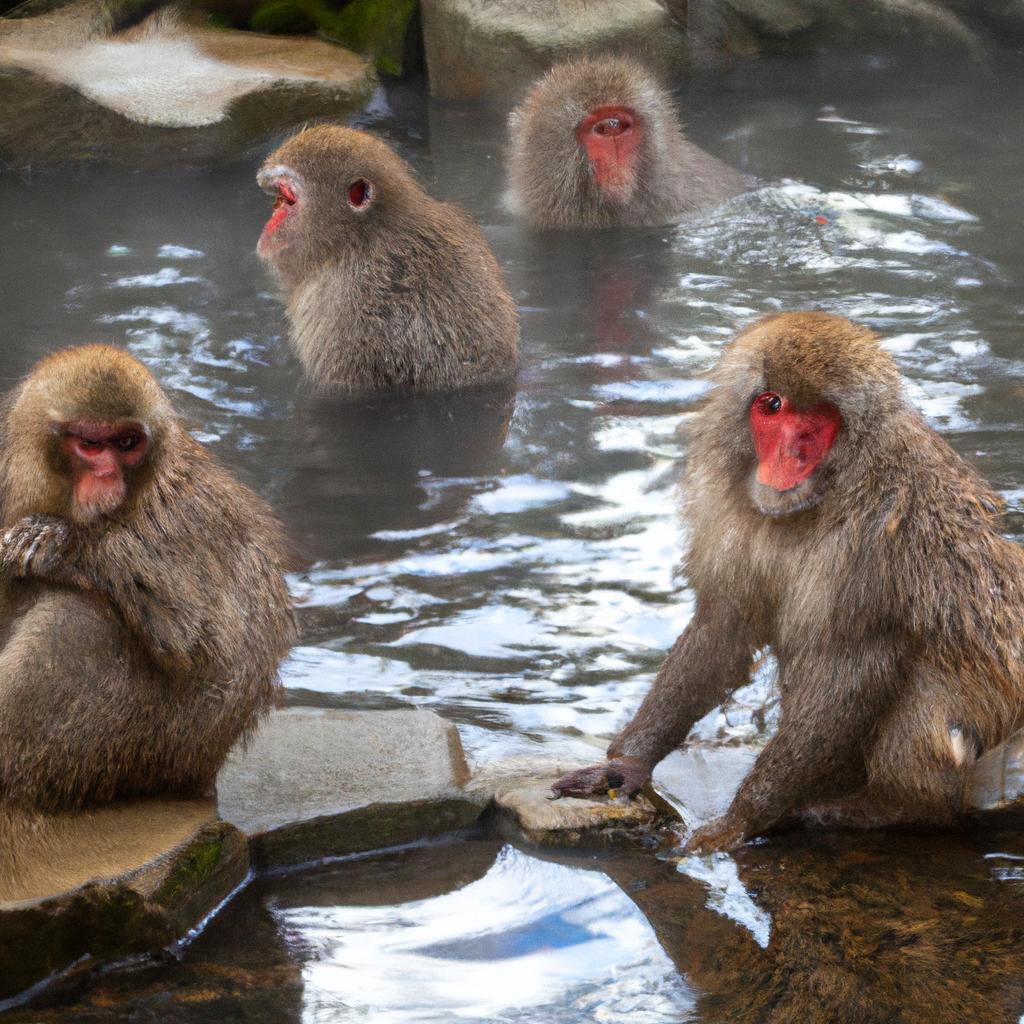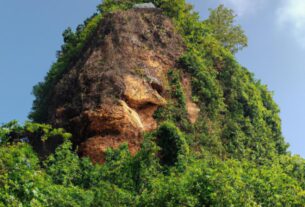Are you craving an extraordinary adventure on your upcoming trip to Japan? Look no further than the captivating monkey parks that dot the country’s landscape! These hidden gems offer not just a unique and unforgettable experience, but also play a pivotal role in Japan’s thriving tourism industry. In this article, we will delve into the mesmerizing world of monkey parks in Japan and discover why they are a must-visit destination.
Japan is renowned for its breathtaking natural beauty and abundant wildlife, and its monkey parks are no exception. These parks provide visitors with a rare opportunity to witness monkeys in their natural habitat, up close and personal. But their significance goes beyond the thrilling encounter – monkey parks in Japan contribute to the nation’s economy in a substantial way.
Japan’s tourism industry is a major driving force behind its thriving economy. In 2019 alone, the industry generated a whopping 4.8 trillion yen in revenue, with an influx of 31.9 million visitors. Monkey parks, attracting both domestic and international tourists, make a significant contribution to this economic impact. Moreover, these parks create employment opportunities for local communities and actively support conservation efforts.
Let’s embark on a journey through the enchanting monkey parks of Japan. Our guide will unveil the different types of these parks, the fascinating monkey species residing within their confines, and what you can expect when you visit. Whether you’re an avid animal lover or simply a curious traveler, a trip to a monkey park in Japan is an absolute must. So, let’s waste no time and delve into this captivating world!
The Evolution of Monkey Parks in Japan: A Tale of Wonder and Growth
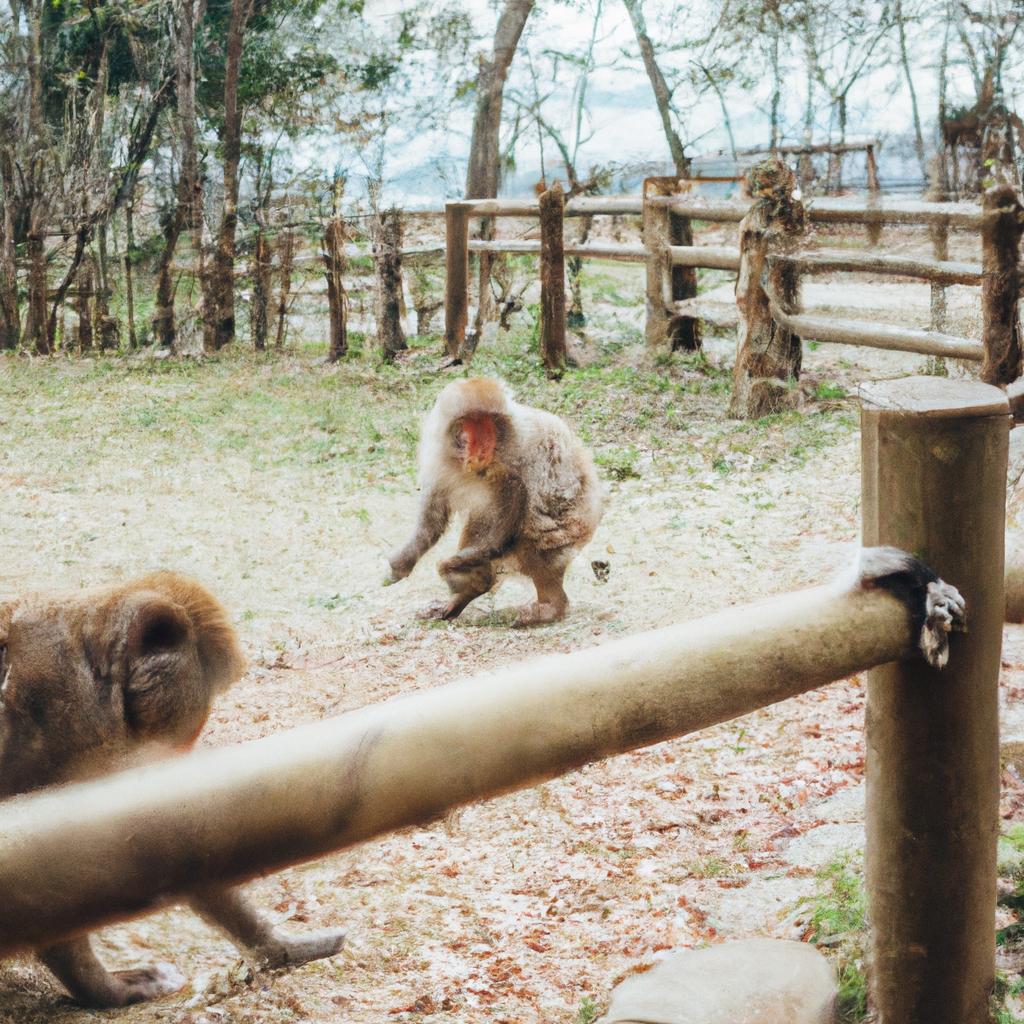
The Birth of the First Monkey Park in Japan
The story began in 1952 with the establishment of the Takasakiyama Natural Zoological Garden, located in Oita Prefecture. This pioneering park was created to provide a natural haven for the Japanese macaques, affectionately known as snow monkeys. Visitors were given the unique privilege of observing these fascinating creatures in their untouched natural surroundings.
A Brief History of Monkey Parks in Japan
Buoyed by the success of the Takasakiyama Natural Zoological Garden, similar parks started sprouting across Japan. Today, there are over ten monkey parks in the country, each offering a distinctive experience to visitors. Their popularity can be attributed not only to the allure of observing monkeys but also to Japan’s rich history of monkey folklore and mythology. Monkeys have long occupied an esteemed space in Japanese art and literature, capturing hearts with their playful nature and remarkable intelligence.
Adapting to Changing Times: The Transformation of Monkey Parks
Monkey parks in Japan have continuously evolved to cater to the changing demands of visitors and the local community. In their early days, these parks primarily focused on conservation and research efforts. However, as their popularity soared, they began offering additional amenities and services such as restaurants and souvenir shops. Moreover, to enhance the visitor experience, some parks have embraced technological advancements, providing virtual reality and immersive digital encounters with monkeys. These pioneering efforts have made monkey parks in Japan a truly unparalleled and captivating destination for tourists from all corners of the globe.
Embark on an Adventure: Unveiling the Different Types of Monkey Parks in Japan
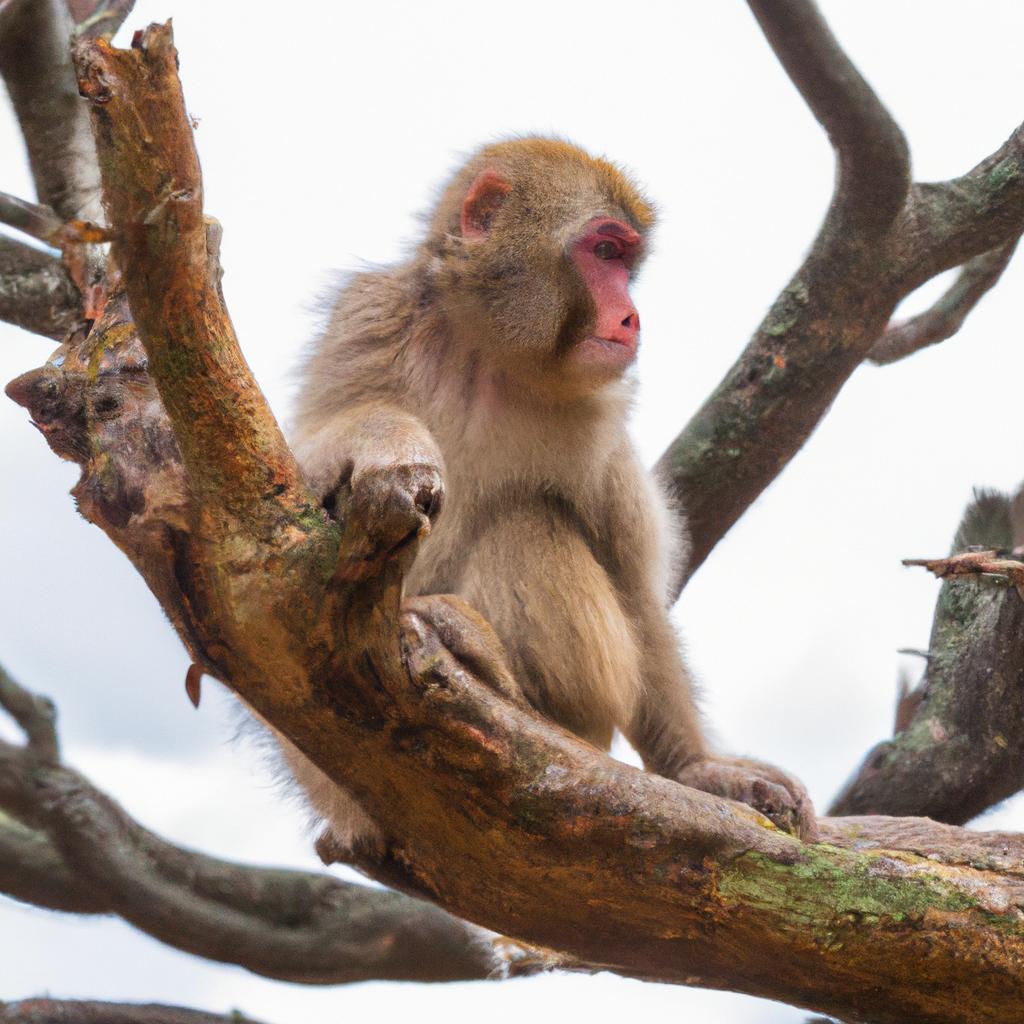
Japan boasts a diverse array of monkey parks, each offering a distinctive encounter with these incredible creatures. Let’s take a closer look at the various types of monkey parks you can explore during your journey.
Natural Monkey Parks
Nestled in forests and mountains, natural monkey parks aim to recreate the monkeys’ natural habitat. These parks allow visitors to observe the monkeys in their unencumbered environment. Fitted with designated paths, these parks ensure a safe and immersive experience where visitors can closely observe monkeys without disturbing their natural routines.
Enclosed Monkey Parks
Located in urban areas, enclosed monkey parks provide a contained space where visitors can witness monkeys up close. Families with children particularly enjoy these parks, as they offer a unique opportunity to observe monkeys playing, grooming each other, and even interact with them under supervision.
Hot Spring Monkey Parks
Exclusive to Japan, the hot spring monkey parks offer an extraordinary spectacle. Situated in mountainous regions, these parks let you witness monkeys luxuriating in natural hot springs. During the winter months, when the monkeys seek warmth, these hot spring parks become particularly popular. Visitors can observe the monkeys from designated areas, and some parks even offer the rare chance to bathe alongside these charming creatures.
Japan’s Most Popular Monkey Parks
While Japan is home to several remarkable monkey parks, two stand out from the rest. The Jigokudani Monkey Park in Nagano is famous for its hot spring monkeys, while the Arashiyama Monkey Park in Kyoto offers an opportunity to observe monkeys in their natural habitat. These world-renowned parks attract an influx of tourists, both from within Japan and abroad, and are essential highlights for anyone traveling to this enchanting nation.
In the next section, we will dive deeper into the fascinating world of monkey species found in Japanese monkey parks.
An Unforgettable Encounter: Exploring Monkey Parks in Japan
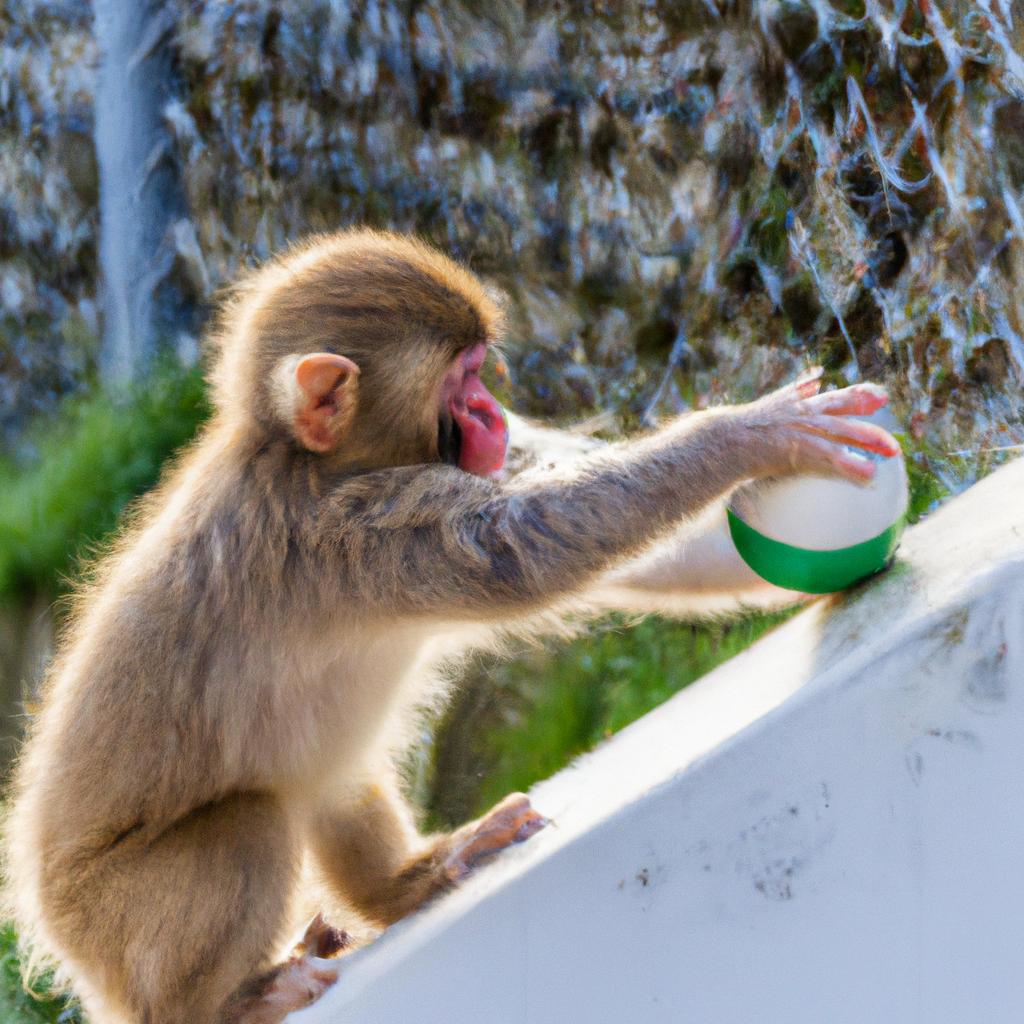
If you’re planning to visit a monkey park in Japan, there are several essential factors to consider for a successful and enjoyable trip. Here’s what you need to know before embarking on your adventure:
A. Overview of Dos and Don’ts When Visiting Monkey Parks in Japan
- Do not feed the monkeys: Feeding the monkeys is strictly prohibited. It can lead to severe consequences, disrupting their diet and jeopardizing their health by making them reliant on humans for food.
- Maintain distance: Keep a safe distance from the monkeys at all times. Remember, these are wild animals that can become aggressive if they feel threatened or provoked.
- Respect park rules: Adhere to the park’s rules and regulations, including opening and closing times, designated areas, and prohibited activities.
- Do not touch the monkeys: It’s important to refrain from touching the monkeys, as this can transmit diseases and potentially escalate aggression.
B. Preparation Tips for Your Visit
- Choose appropriate clothing: Wear comfortable attire and sturdy footwear suitable for walking, as monkey parks are often nestled in hilly areas with unpaved trails.
- Bring your camera: Capture those unforgettable moments of monkeys in their natural habitat.
- Plan ahead: Check the weather forecast, park timings, and location before setting out on your adventure.
C. Tips for a Successful Visit
- Go early: Monkeys are most active in the morning, so it’s best to visit early in the day to observe their natural behavior.
- Observe quietly: Keep a low profile and observe the monkeys quietly without disturbing them. Monkeys are sensitive to noise and easily startled.
- Practice patience: Monkeys have their own schedule and may not always be immediately visible. Be patient and wait for their playful presence to emerge.
- Enjoy the experience: Visiting a monkey park in Japan offers a truly unique experience. Immerse yourself in the beauty of nature, relish the serene surroundings, and observe the monkeys in their natural habitat.
By adhering to these dos and don’ts while taking necessary precautions, your visit to a monkey park in Japan is sure to be safe, successful, and memorable.
In Conclusion: An Extraordinary Experience Awaits
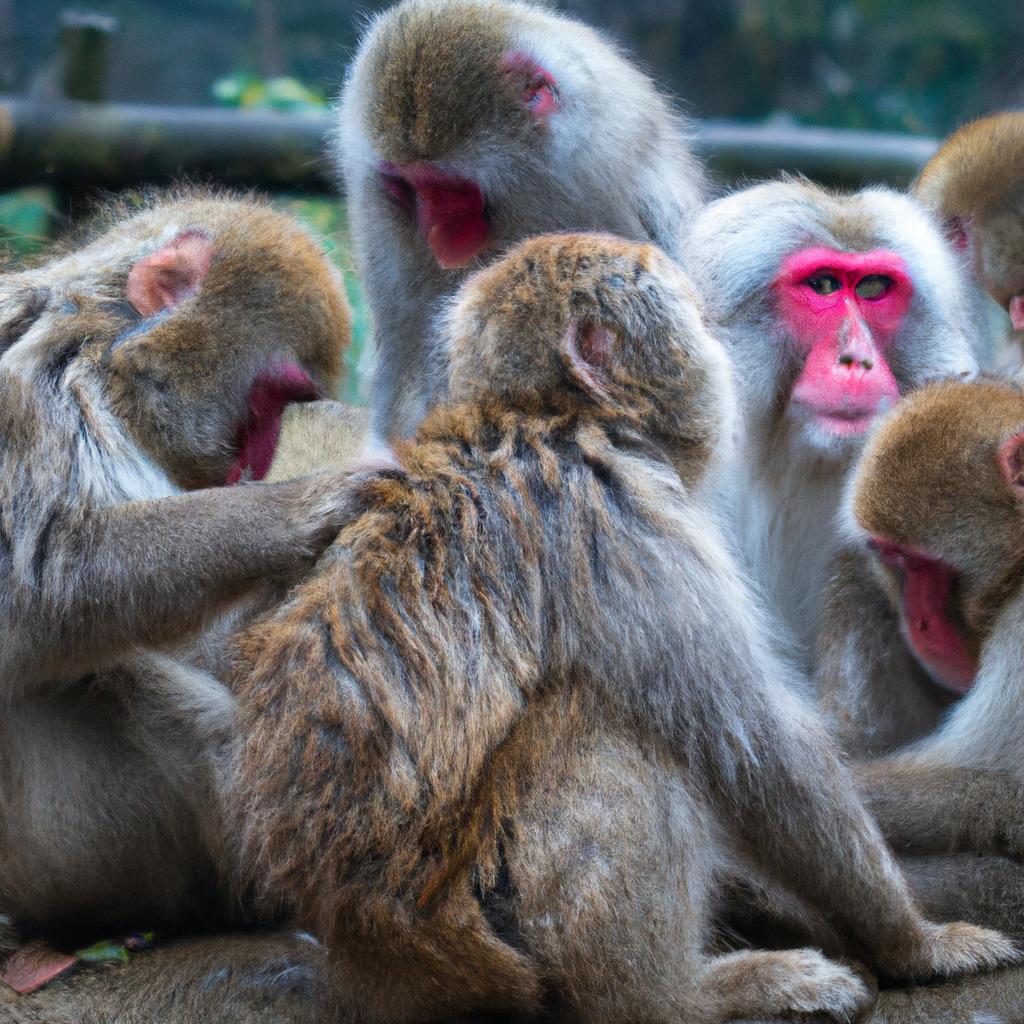
In conclusion, monkey parks in Japan offer an unparalleled and unforgettable experience for intrepid travelers. However, their significance extends beyond mere entertainment. These parks play a vital role in Japan’s flourishing tourism industry, bolstering the economy and actively promoting conservation efforts.
We have explored the various types of monkey parks in Japan, the captivating species of monkeys found within them, and what awaits you during your visit. From the snow monkeys of Jigokudani Monkey Park to the mischievous macaques of Arashiyama Monkey Park, each park offers a distinct encounter with these marvelous creatures.
If a trip to Japan is on your horizon, make sure to include a visit to a monkey park in your itinerary. Not only will you be treated to an extraordinary experience, but you will also contribute to the local economy and the ongoing efforts to conserve these remarkable animals.
Thank you for joining us on this enthralling exploration of monkey parks in Japan. We hope you found this guide informative and inspiring. Keep an eye out for more exciting articles on nature, gardening, animals, and more from TooLacks!
TooLacks – Your go-to source for all things captivating and enlightening.
